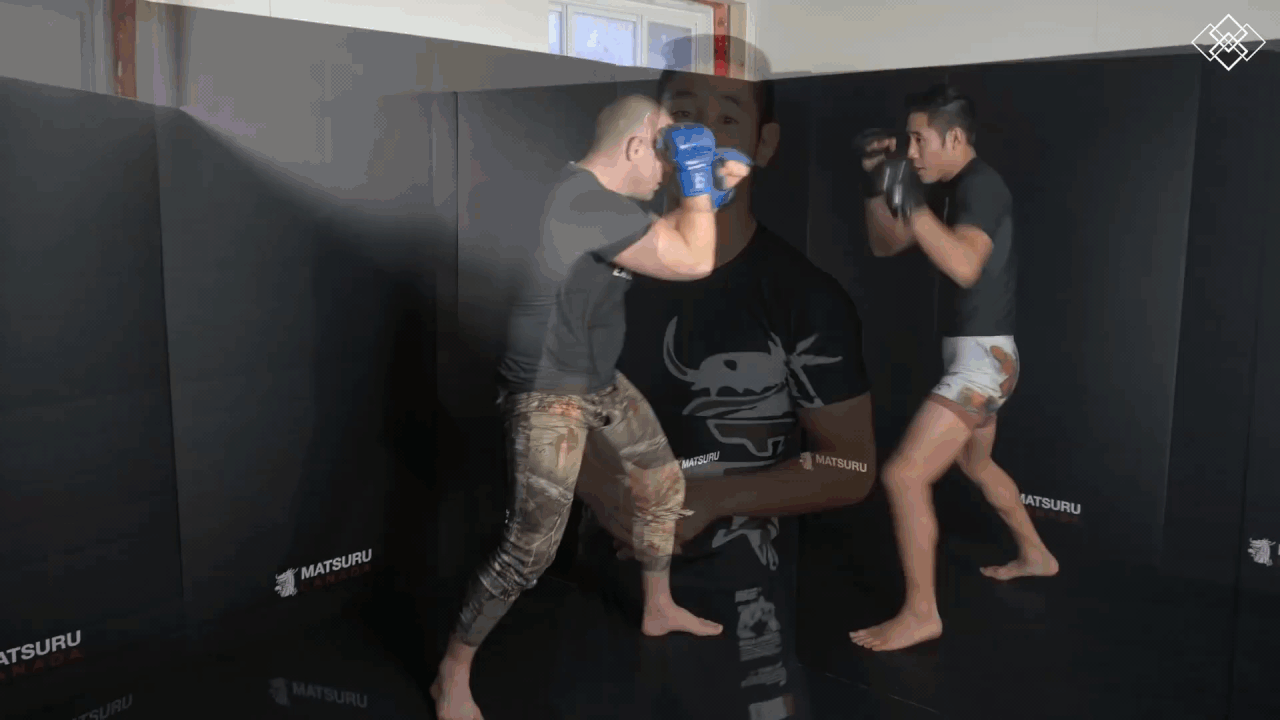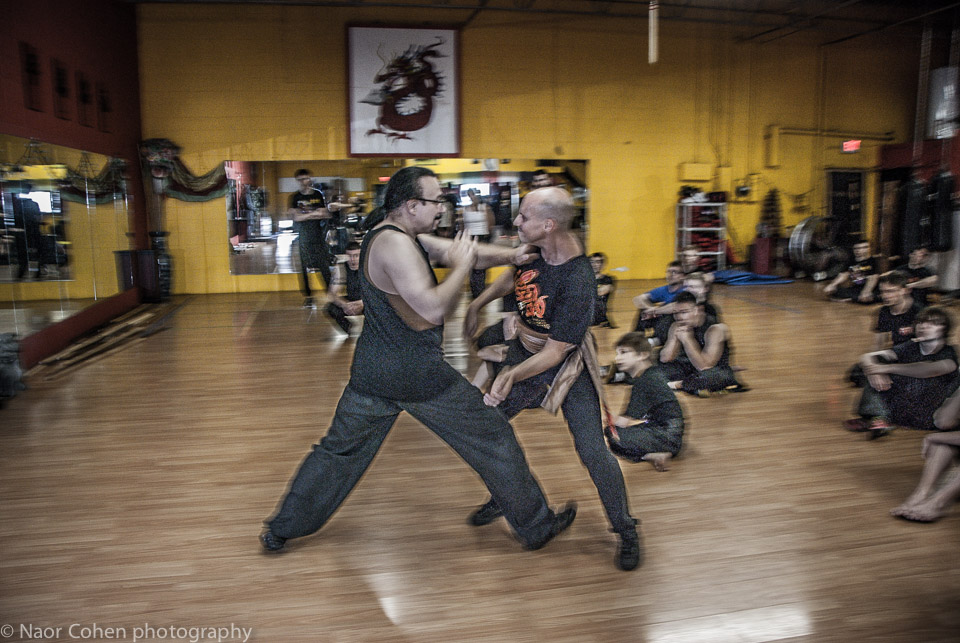I'm not sure about this. I prefer fighters who charge in like that. They are the easiest for me to fight. In terms of how I deal with people like that.
In terms of sports fighting, very few actually try to run down an opponent unless they know the opponent is hurt or unless they know that they can over power the opponent. The reality about running down your opponent is this. You can only run me down if I try to flee escaping on a linear path.
1. If I stand my ground, my opponent will not be able run me down because their punch punches will become less effective as they jam against my body. If my opponent continue to run forward to me then we will be grappling. If opponent comes in too fast then I can take my opponent's momentum and toss them to the side or throw them.
2. If I cut an angle at the last moment of my opponent's charge, then he/she will run past me and give me a chance to counter. We saw this with the Rousey and Holm fight
3. If my opponent is chasing me then I know my opponent is not rooting. I can take advantage of that to sweep my opponent.
It's a good strategy if you know you have a big advantage to over power your opponent. But at that point the advantage is big enough where a lot of other things would be equal advantage.
I call it "Weather the storm". This guy says "Stay in the fire" same concept. This would work on someone trying to run you down.


